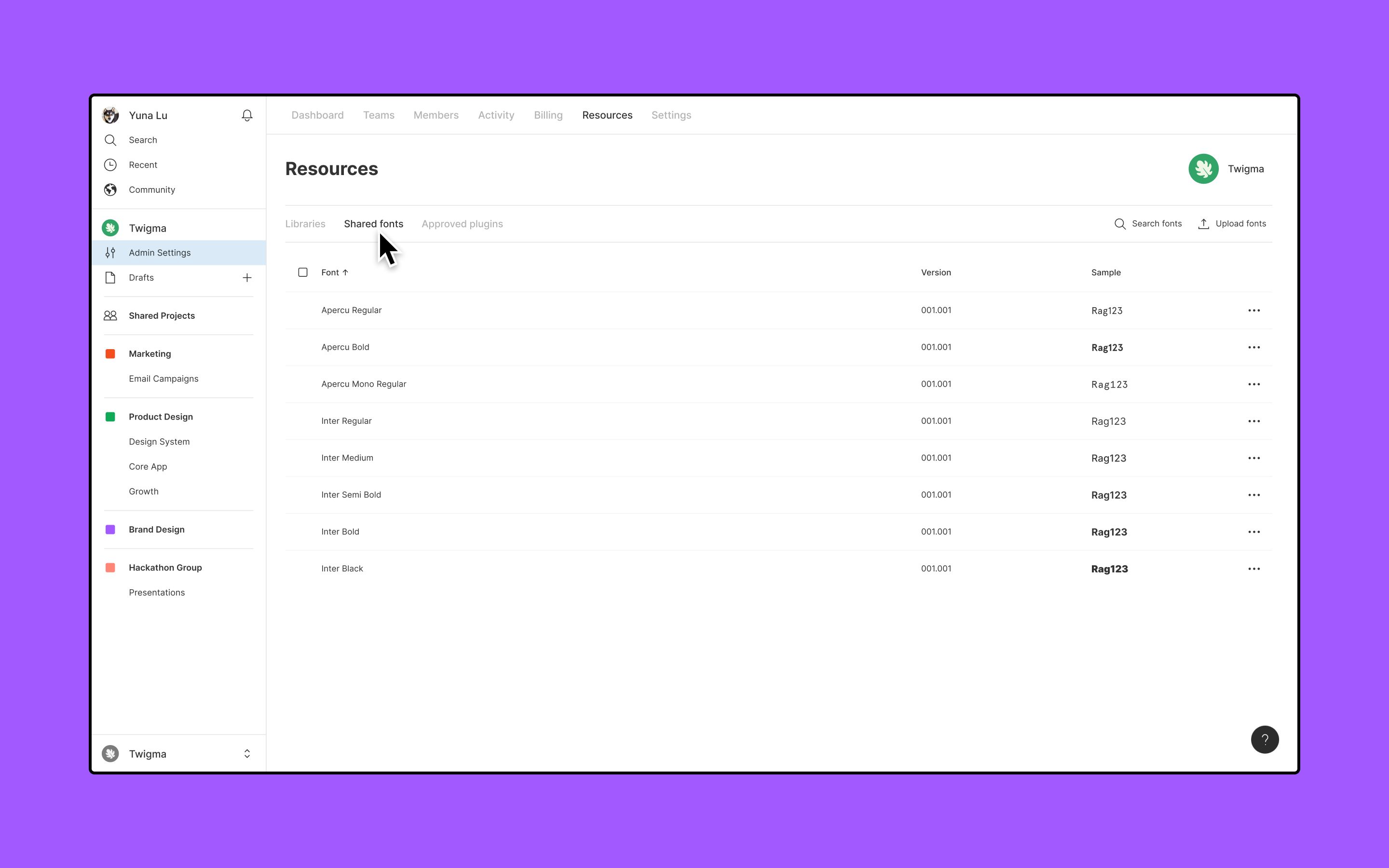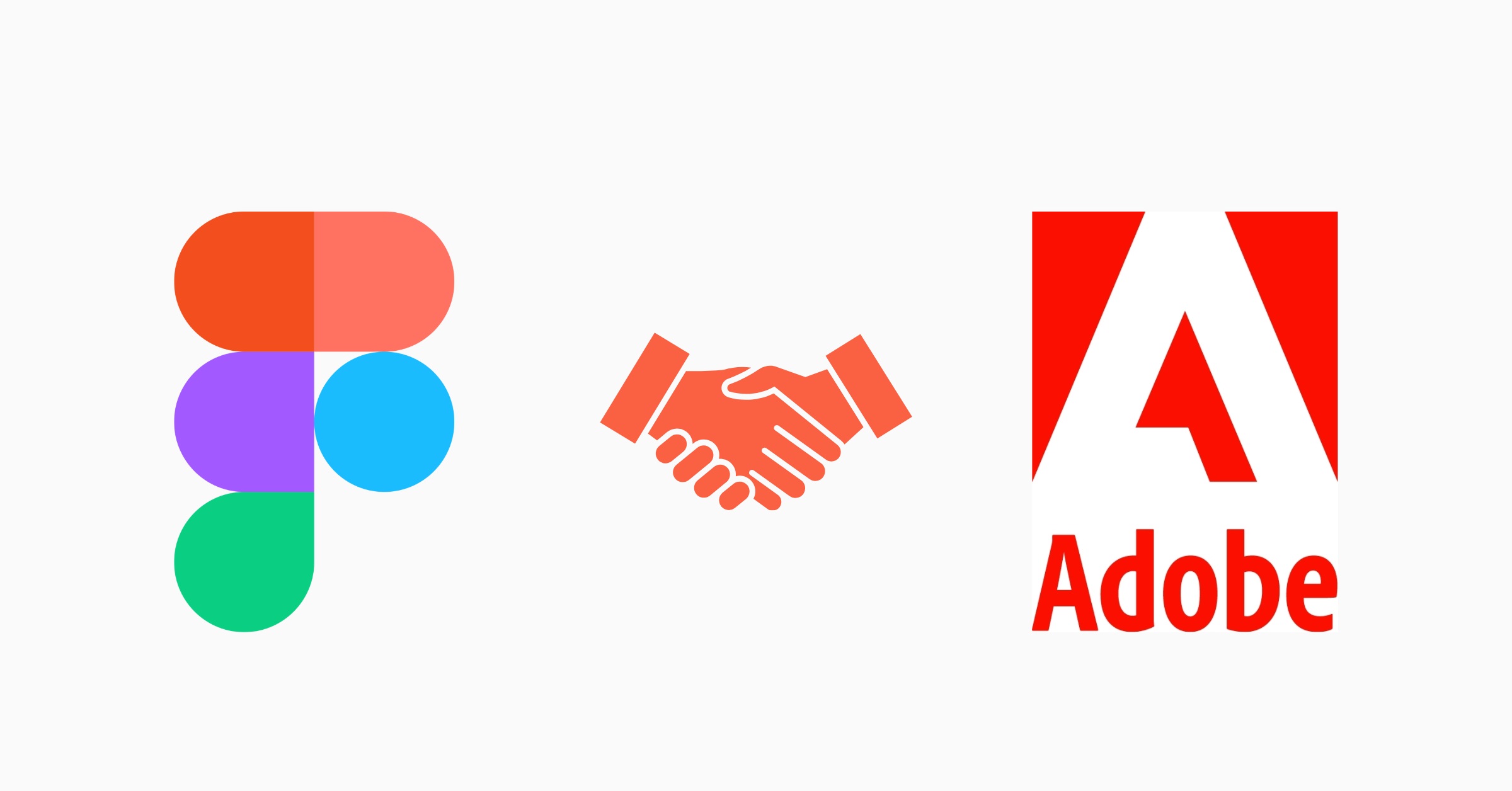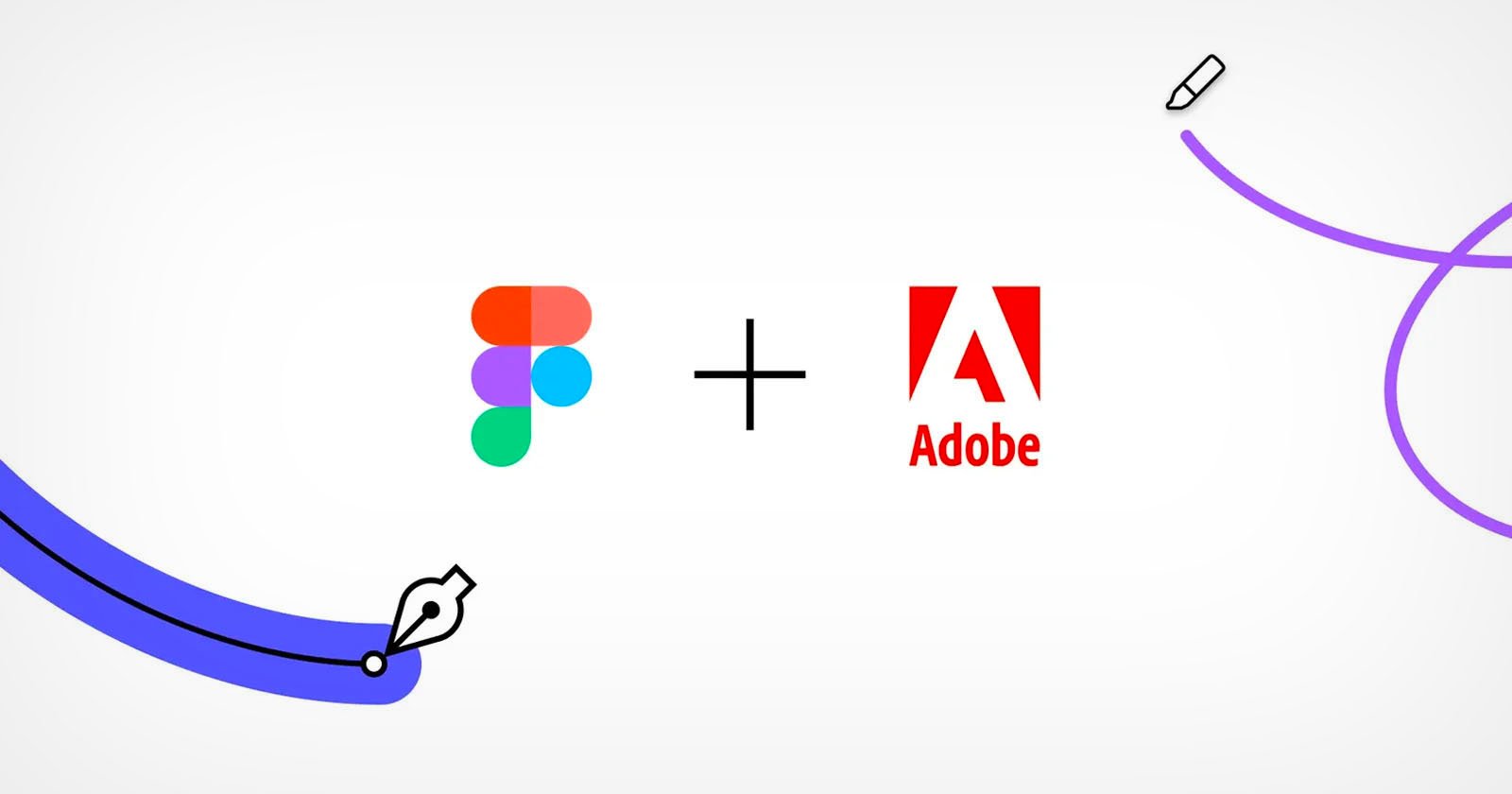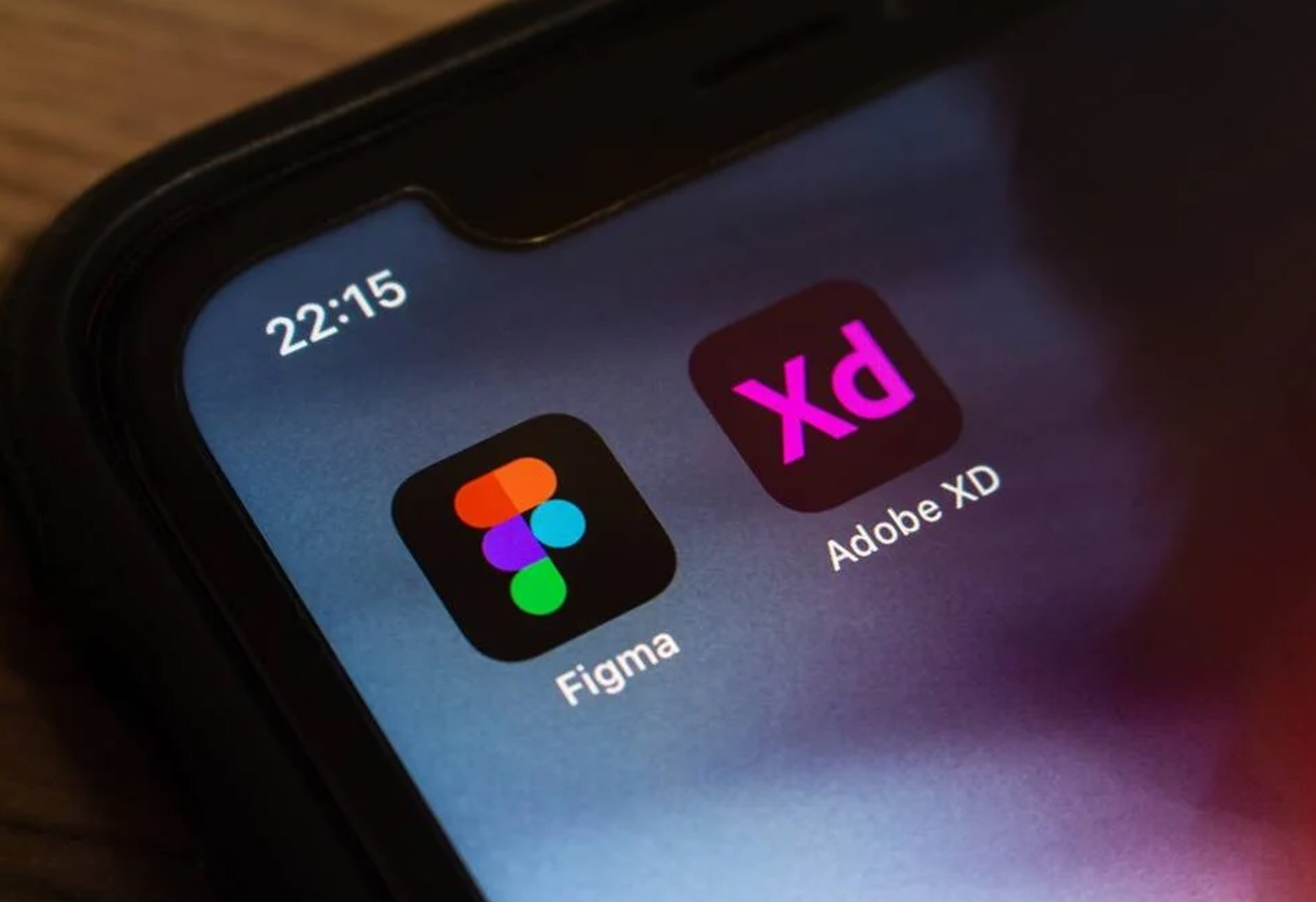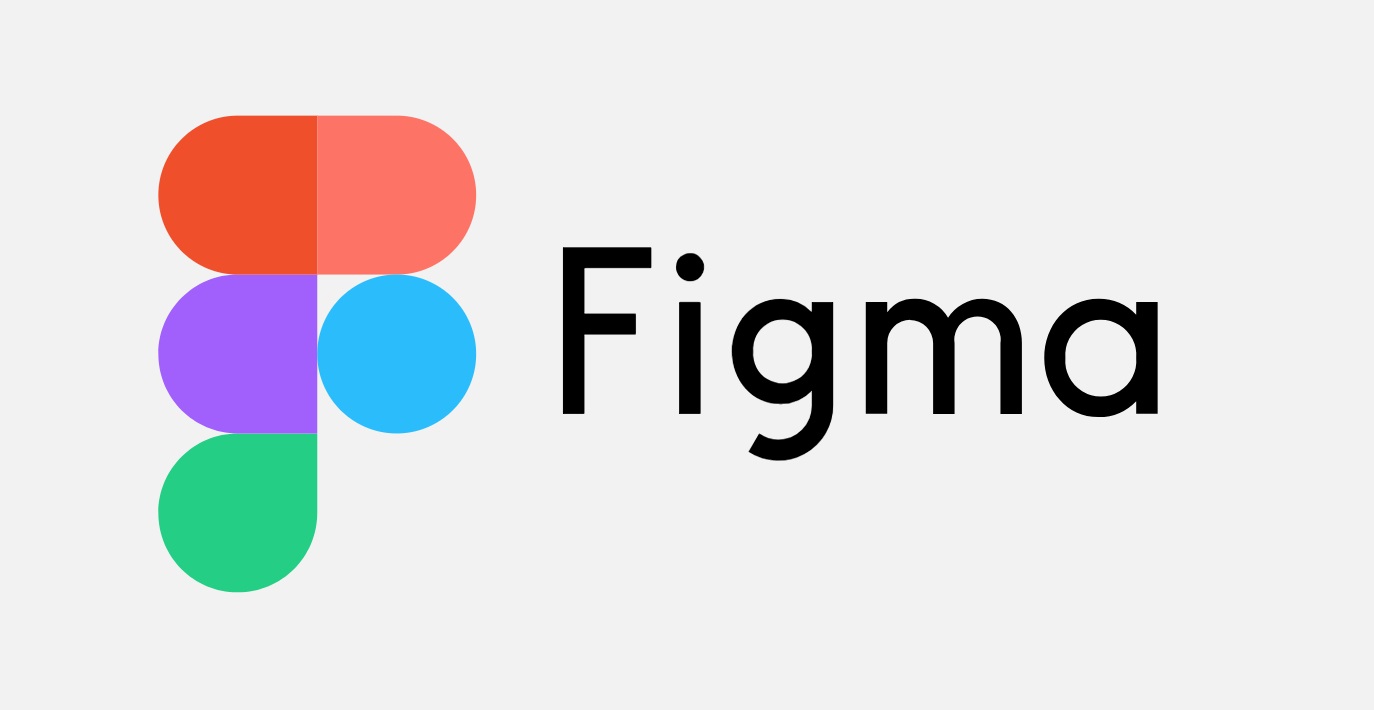Introduction
Figma is a powerful cloud-based design tool that allows designers to collaborate, create, and prototype digital designs in real-time. It offers a wide range of features that enable designers to bring their ideas to life, from wireframing and prototyping to creating high-fidelity user interfaces.
Whether you’re a professional designer or someone who simply wants to explore and learn from other designers’ work, downloading Figma files can provide you with invaluable insights and resources. In this article, we will guide you through the process of downloading a Figma file so that you can access, inspect, and even use it in your own projects.
Downloading a Figma file is a simple yet crucial step to take advantage of the vast world of design resources available online. With Figma, you can download files created by top designers, explore UI design kits and templates, or even access files shared by design communities and teams.
In this guide, we will walk you through the step-by-step process of accessing, opening, exporting, and saving a Figma file on your device. Before we dive into the details, make sure you have a Figma account and the necessary permissions to access and download files.
Now let’s get started and learn how to download Figma files!
Step 1: Accessing the Figma file
The first step in downloading a Figma file is to find a source from which you can access the file. There are several ways to do this:
- 1. Search on design marketplaces: Many design marketplaces, such as UI8, Dribbble, and Creative Market, offer a wide range of Figma files that you can browse and download. Simply search for the type of file you’re looking for and explore the available options.
- 2. Join design communities: Design communities like Behance, Designer News, and FigmaCrush are great places to discover and download Figma files shared by designers. Join these communities and stay updated with the latest design trends and resources.
- 3. Follow design blogs and websites: Design-focused blogs and websites often share Figma files as freebies or as part of design tutorials. Subscribe to their newsletters or follow them on social media to stay informed about their latest releases.
Once you’ve found a source to access the Figma file, follow these steps:
- 1. Click on the link or button provided: When you find a Figma file you want to download, click on the link or button provided to access the file’s page.
- 2. Check for any requirements or instructions: Sometimes, Figma files may require you to follow certain instructions or have specific software versions. Make sure to read any accompanying text or check the file’s description for any requirements.
- 3. Sign in to your Figma account: If you’re not already signed in to your Figma account, you’ll be prompted to do so. Enter your credentials and log in to proceed.
- 4. Review the file details: Before downloading the file, take a moment to review the file details, such as the file name, version, number of artboards, and any additional information provided by the creator.
- 5. Click on the “Download” or “Save” button: Once you’re ready to download the file, click on the designated “Download” or “Save” button on the file’s page. The file will then be saved to your device.
With these steps, you can easily access and download Figma files from various sources. In the next step, we will explore how to open the downloaded Figma file in the design tool itself.
Step 2: Opening the Figma file in the design tool
After successfully downloading the Figma file, the next step is to open it in the Figma design tool. Follow these steps to get started:
- 1. Launch the Figma desktop app or open the Figma website: Depending on your setup, you can either open the Figma desktop app on your computer or navigate to the Figma website using your preferred web browser.
- 2. Sign in to your Figma account: If you’re not already signed in to your Figma account, enter your credentials and log in to access your files.
- 3. Look for the “Open” option: In the Figma app or on the Figma website, locate the “Open” option. This may be a button, a menu item, or an upload icon, typically found in the top-left corner of the interface.
- 4. Choose the downloaded Figma file: When prompted, browse your device’s file explorer to locate and select the downloaded Figma file. Click “Open” or “Upload” to initiate the file opening process.
- 5. Wait for the file to load: Depending on the size and complexity of the Figma file, it may take a few moments to load. Be patient as the design tool processes the file and prepares it for editing.
Once the Figma file is successfully opened, you can explore its contents, interact with the design elements, and make necessary edits if allowed. The Figma design tool provides a wide range of features and functionalities to help you inspect and manipulate the design file.
Take some time to familiarize yourself with the different layers, artboards, and components within the Figma file. You can zoom in and out, navigate between different screens or artboards, and interact with various design elements to understand their properties and styles.
Figma also allows you to collaborate with team members or share the design file with stakeholders. You can invite others to view or edit the file, leave comments, and track the design progress together.
Now that you have successfully opened the Figma file in the design tool, let’s move on to the next step: exporting the file for further use.
Step 3: Exporting the Figma file
Once you have opened the Figma file in the design tool and made any necessary edits or inspections, you may want to export the file for further use or collaboration. Follow these steps to export the Figma file:
- 1. Click on the “Export” option: In the Figma design tool, locate the “Export” option. This is usually found in the top-right corner of the interface or under a dropdown menu, depending on the specific version of Figma you are using.
- 2. Select the desired export format: Figma offers several export formats to cater to various needs. Common options include PNG, JPEG, SVG, PDF, and even code snippets for developers. Choose the format that best suits your requirements.
- 3. Specify the export settings: Depending on the chosen format, you may be able to customize additional options such as resolution, quality, and background transparency. Adjust these settings according to your preferences.
- 4. Choose the export location: Select the folder or directory on your device where you want to save the exported file. Make sure to choose a location that is easily accessible and organized for future reference.
- 5. Provide a file name: Optionally, you can assign a meaningful and descriptive name to the exported file. This will help you identify and locate the file later, especially if you have multiple exported files.
- 6. Click on the “Export” button: Once you have specified all the necessary settings, click on the “Export” button to initiate the export process. Figma will then generate the exported file based on your preferences.
- 7. Wait for the export to complete: The time required for the export process will depend on the complexity and size of the Figma file, as well as the chosen export format. Be patient and allow Figma to finish exporting the file.
Once the export is complete, you will find the exported file in the chosen export location. You can now use the exported file for various purposes, such as sharing it with stakeholders, incorporating it into other design tools, or integrating it into development workflows.
Remember to maintain the integrity of the design by respecting any copyright or licensing restrictions associated with the Figma file. Some files may be available for personal use only, while others may require attribution or permission for commercial usage.
With the Figma file exported and readily available, you have now completed the process of exporting the file. In the next step, we will discuss how to save the exported Figma file on your device.
Step 4: Saving the exported Figma file on your device
Now that you have successfully exported the Figma file, the final step is to save it on your device for future use or reference. Follow these steps to save the exported file:
- 1. Locate the exported file: Open the folder or directory on your device where you previously chose to save the exported Figma file. Navigate to the appropriate location to find the file.
- 2. Review the exported file: Before saving it, take a moment to review the exported file to ensure that it matches your expectations. Open and view the file using a compatible software or viewer.
- 3. Choose the destination folder: Decide where you want to permanently save the exported file on your device. Select a folder or directory that is well-organized and easily accessible for future use.
- 4. Copy or move the file: Depending on your preference, you can either copy the exported file to the destination folder or move it entirely. Right-click on the file and choose the appropriate option.
- 5. Rename the file (optional): If necessary, you can rename the exported file to better reflect its content or purpose. Right-click on the file, select “Rename”, and enter the desired name.
- 6. Confirm the file’s location: Double-check that the exported file is now saved in the designated folder. Confirm that it is accessible and stored securely on your device.
Congratulations! You have successfully saved the exported Figma file on your device. Now, you can easily locate and access the file whenever you need it for future reference or integration into your design or development projects.
It’s a good practice to create a well-structured filing system that categorizes and organizes your design files. This will make it easier to find and manage your exported Figma files, especially as your collection grows.
Remember to periodically back up your design files, including the exported Figma files, to ensure that they are protected in case of any unforeseen data loss events or system failures.
With the exported Figma file securely saved on your device, you have completed the entire process of downloading, opening, exporting, and saving the file. Utilize the file as needed and continue exploring the vast world of design resources and inspiration available in the Figma community.
Conclusion
Downloading Figma files opens up a world of design resources and inspiration that can greatly enhance your design projects. In this article, we walked through the step-by-step process of downloading, opening, exporting, and saving Figma files on your device.
First, we discussed the importance of accessing Figma files and highlighted various sources where you can find these valuable design resources. We emphasized the significance of joining design communities, exploring design marketplaces, and following design blogs to discover and download Figma files.
We then delved into the process of accessing the Figma file, guiding you through the steps of clicking on the provided links, signing in to your Figma account, and reviewing the file details before initiating the download.
Next, we explored how to open the downloaded Figma file in the Figma design tool. We highlighted the importance of familiarizing yourself with the different layers, artboards, and components within the file to gain a deeper understanding of the design and make any necessary edits or inspections.
Afterwards, we covered the process of exporting the Figma file, allowing you to save it in different formats such as PNG, JPEG, SVG, or even code snippets. We explained how you can customize the export settings and choose a suitable export location on your device.
Finally, we discussed the importance of saving the exported Figma file on your device for future use or reference. We emphasized the necessity of reviewing the file, selecting an appropriate destination folder, and optionally renaming it for better organization and retrieval.
By following these step-by-step instructions, you can confidently download, open, export, and save Figma files to enhance your design workflow and access valuable design resources.
Remember to always respect the creator’s copyright and licensing restrictions when using downloaded Figma files and give credit where required. Additionally, stay updated with the latest design trends and resources by exploring design communities and engaging with design blogs.
Now, armed with the knowledge of how to download and utilize Figma files, you can leverage the power of Figma to boost your design projects and unleash your creativity.









